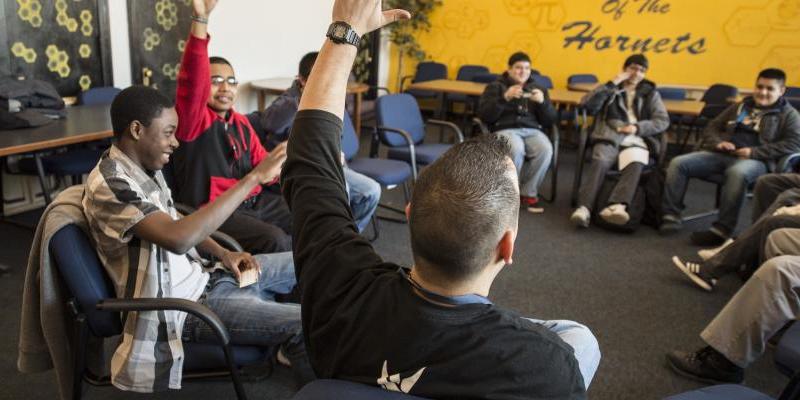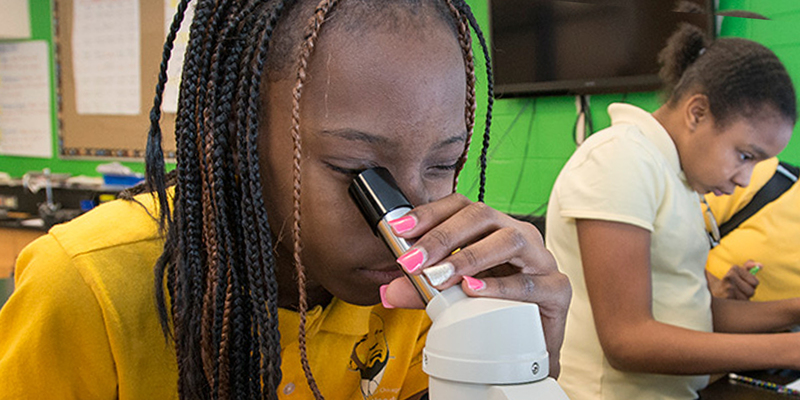Crime Lab CBT 2.0: A Behavioral Approach to Reducing Recidivism Among Youth
Crime Lab & ideas42 / January 31, 2017
Youth violence is one of the most pressing social problems facing cities across the United States. Unfortunately, once youth become involved with the criminal justice system, they can get caught cycling in and out of custody, sometimes for the rest of their lives. In the state of Illinois, for example, almost 60 percent of youth who were released from detention in 2012 had returned to a detention facility within three years. This cycle of recidivism has consequences for their development and can deprive young people of opportunities for healthy relationships with family and friends, access to education, and stable employment. It is also very regressive, as the recidivism cycle’s negative impacts are often concentrated in the country’s most economically marginalized and racially segregated communities.
As the incarceration rate has skyrocketed since the 1970s, sparking growing concerns about both the social and economic harms of having so many people behind bars, it has become even more critical that we find and implement programming that can help young people stay out once they get out.
So when the Cook County Juvenile Temporary Detention Center (JTDC) introduced cognitive behavioral therapy (CBT) to the youth in its facility and a research team from the University of Chicago Crime Lab found that it dramatically reduced a young person’s chance of being readmitted into detention after their release, we wanted to find ways to share this promising program with other practitioners who work with justice-involved youth. Because CBT programs—and results—can vary across states and facilities, we first set out to understand what made this CBT program so effective.
ideas42 and the UChicago Crime Lab, with support from The Laura and John Arnold Foundation, worked with the JTDC staff to develop an understanding of the most effective parts of their curriculum—and how to deliver it in a detention setting. We adapted key lessons from the JTDC’s CBT workbooks, and then incorporated our own findings from conversations with JTDC staff and other CBT experts, as well as what we know from behavioral science, to create the Cognitive Behavioral Therapy 2.0 Curriculum and User’s Manual.
These free resources, available to download on our website, focus on curriculum that helps youth to slow down their thinking in the kinds of high-stakes situations where they might otherwise act automatically—or even impulsively. It guides them to slow down their thinking processes, consider what biases may be built into their responses, and shift their decision-making strategies in certain contexts toward more reflective ones. We also provide hands-on, engaging delivery tips to optimize the curriculum’s impact. Our aim is that these resources will help individuals who work with justice-involved youth design and deliver effective programming.
By sharing this evidence-based approach, which was the recipient of the 2016 Service and Advocacy for Youth Award from the National Partnership for Juvenile Services, we hope to help practitioners nationwide support youth development, and ultimately reduce rates of recidivism. As one JTDC staff member told the UChicago Crime Lab research team, “If I could give [residents] back just ten minutes of their lives, most of them wouldn’t be here.” This wish highlights the potential promise of CBT; when facilitators teach young people to effectively apply CBT methods to real-life situations, they have the power to give youth the time they need to slow down their thinking—before a quick, automatic decision saddles them with lifelong consequences.
# # # # #





